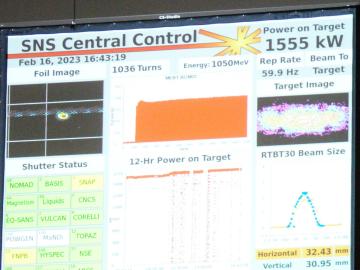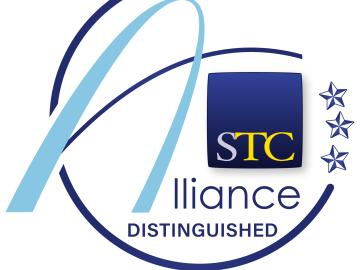
Filter News
Area of Research
- (-) National Security (24)
- (-) Neutron Science (77)
- Advanced Manufacturing (13)
- Biological Systems (14)
- Biology and Environment (40)
- Biology and Soft Matter (1)
- Building Technologies (3)
- Chemistry and Physics at Interfaces (4)
- Clean Energy (167)
- Climate and Environmental Systems (2)
- Computational Biology (4)
- Computational Engineering (2)
- Computer Science (4)
- Energy Frontier Research Centers (7)
- Energy Sciences (2)
- Fossil Energy (2)
- Fuel Cycle Science and Technology (1)
- Functional Materials for Energy (6)
- Fusion and Fission (17)
- Fusion Energy (2)
- Geographic Information Science and Technology (2)
- Isotope Development and Production (1)
- Isotopes (8)
- Materials (204)
- Materials Characterization (2)
- Materials for Computing (13)
- Materials Synthesis from Atoms to Systems (5)
- Materials Under Extremes (5)
- Nuclear Science and Technology (24)
- Nuclear Systems Modeling, Simulation and Validation (1)
- Nuclear Systems Technology (1)
- Quantum Condensed Matter (1)
- Quantum information Science (1)
- Reactor Technology (1)
- Sensors and Controls (1)
- Supercomputing (107)
- Transportation Systems (5)
News Type
News Topics
- 3-D Printing/Advanced Manufacturing (4)
- Advanced Reactors (1)
- Artificial Intelligence (7)
- Big Data (1)
- Bioenergy (4)
- Biology (5)
- Biomedical (5)
- Biotechnology (1)
- Chemical Sciences (2)
- Climate Change (1)
- Composites (1)
- Computer Science (13)
- Coronavirus (5)
- Cybersecurity (9)
- Decarbonization (1)
- Energy Storage (3)
- Environment (4)
- Exascale Computing (1)
- Frontier (2)
- Fusion (2)
- Grid (1)
- High-Performance Computing (2)
- Machine Learning (4)
- Materials (7)
- Materials Science (13)
- Microscopy (1)
- Nanotechnology (6)
- National Security (11)
- Neutron Science (40)
- Nuclear Energy (2)
- Partnerships (4)
- Physics (8)
- Quantum Science (4)
- Security (6)
- Space Exploration (1)
- Summit (4)
- Sustainable Energy (2)
- Transportation (3)
Media Contacts

A team of scientists led by the Department of Energy’s Oak Ridge National Laboratory designed a molecule that disrupts the infection mechanism of the SARS-CoV-2 coronavirus and could be used to develop new treatments for COVID-19 and other viral diseases.

A technology developed at ORNL and used by the U.S. Naval Information Warfare Systems Command, or NAVWAR, to test the capabilities of commercial security tools has been licensed to cybersecurity firm Penguin Mustache to create its Evasive.ai platform. The company was founded by the technology’s creator, former ORNL scientist Jared M. Smith, and his business partner, entrepreneur Brandon Bruce.

ORNL has entered a strategic research partnership with the United Kingdom Atomic Energy Authority, or UKAEA, to investigate how different types of materials behave under the influence of high-energy neutron sources. The $4 million project is part of UKAEA's roadmap program, which aims to produce electricity from fusion.

ORNL's Spallation Neutron Source set a world record when its linear accelerator reached an operating power of 1.55 megawatts, which improves on the facility’s original design capability.

ORNL staff members played prominent roles in reports that won one Distinction award and two Excellence awards in the 2022 Alliance Competition of the Society for Technical Communication. PSD's Karren More and Bruce Moyer participated.

U2opia Technology, a consortium of technology and administrative executives with extensive experience in both industry and defense, has exclusively licensed two technologies from ORNL that offer a new method for advanced cybersecurity monitoring in real time.

A partnership of ORNL, the Tennessee Department of Economic and Community Development, the Community Reuse Organization of East Tennessee and TVA that aims to attract nuclear energy-related firms to Oak Ridge has been recognized with a state and local economic development award from the Federal Laboratory Consortium.

Paul Langan will join ORNL in the spring as associate laboratory director for the Biological and Environmental Systems Science Directorate.

While studying how bio-inspired materials might inform the design of next-generation computers, scientists at ORNL achieved a first-of-its-kind result that could have big implications for both edge computing and human health.

Researchers at ORNL have developed a new method for producing a key component of lithium-ion batteries. The result is a more affordable battery from a faster, less wasteful process that uses less toxic material.


